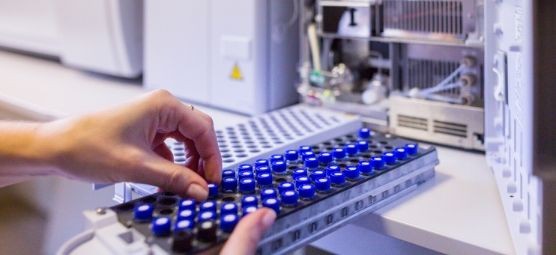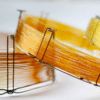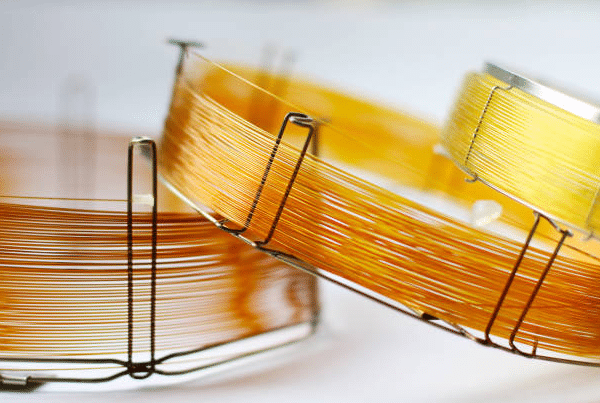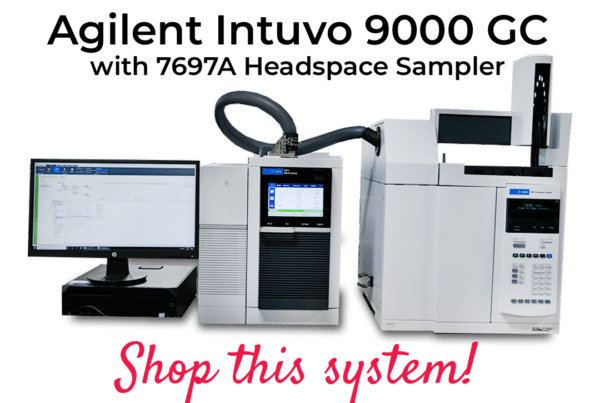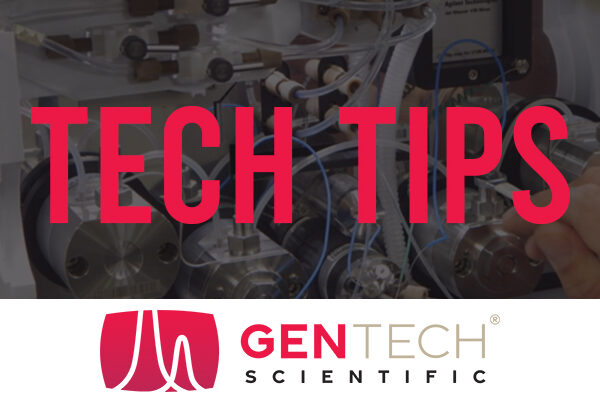High-performance liquid chromatography (HPLC) is one of the most relied-upon techniques in universities, research labs, forensics, and more. The process of chromatography has been relied on for decades for analytical testing of trace chemicals because of its versatility. However, the innovation of HPLC changed how labs work today because it made the chromatography process more efficient and allowed lab technicians to analyze how different compounds react to water. So how does high-performance liquid chromatography work? Let’s get into the process that makes HPLC what it is.
Mobile Phase
In this beginning stage, the solvent, also known as the mobile phase, will remain in a reservoir. That is, until the high-pressure pump on HPLC machines pushes the solvent through to mix with the liquid sample in testing. Once the solvent and sample are mixed, they enter the next phase through the HPLC column.
Stationary Phase
The HPLC column, also known as the stationary phase in the process, is where the separation of the mixture occurs. The inside of the column contains absorbent particles that help distinguish each compound during separation.
Compound Measurement
Once the mixture separates the compounds within the column, the machine measures the compounds by a detector based on their reaction to the solvent. Depending on the compound, lab technicians may need different types of detectors based on the electrical signal provided. For example, if the compound results in a fluoresce, they will need a fluorescence detector. Based on the results gathered by the detector, the lab technician can make an educated decision about their tested sample.
Two HPLC Phases
First, there’s normal-phase HPLC, which primarily measures polar compounds by using non-polar solvents. The key distinction with normal-phase HPLC is that polar compounds tend to remain in the column longer while non-polar compounds will pass through. The next type is known as reverse-phase HPLC, the most common method of HPLC. Unlike normal-phase HPLC, the solvent here is polar instead of non-polar. In reverse-phase HPLC, the non-polar compounds remain in the column longer while polar compounds pass through faster.
High-performance liquid chromatography is a favored method in several types of labs because of its versatility across industries. In general, HPLC separates mixtures using a liquid mobile phase and a column stationary phase. Within the column the mixture separates because of particles that absorb certain compounds in its most basic sense. Once separated, a detector measures the compounds based on their reaction to the solvent, which will become data.
HPLC Applications
High-performance liquid chromatography is used for various applications across many different industries that affect our daily lives. The most common applications and industries for HPLC analysis include:
- Cannabis testing
- Clinical research
- Forensic & Toxicology research
- Pharmaceuticals
- Environmental testing
- Food & beverage testing
- Flavor & fragrance
Here at GenTech Scientific, we have specialized in refurbished lab equipment for over twenty years, so we understand that these machines are an investment for many labs. If you’re looking for used HPLC equipment, we offer the best prices on the market. Shop HPLC equipment here.

